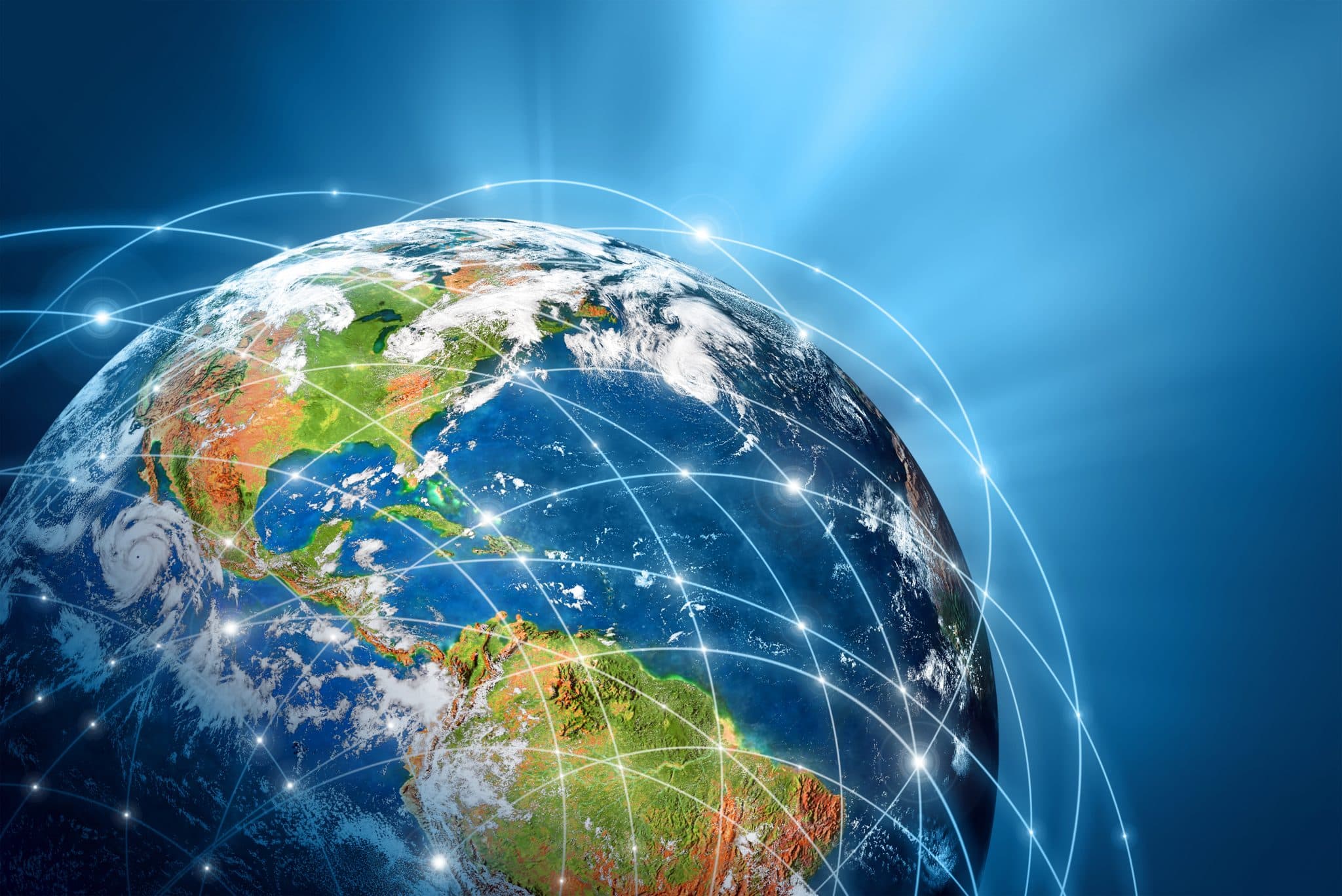This article was originally posted in LogiSYM Magazine’s June-July 2023 Edition.
Today’s volatile geopolitical climate and game-changing disruptors like the global Corona virus pandemic have driven seismic shifts in the global regulatory landscape. Nations are regularly remapping their foreign policies while entire industries are rethinking how they do business across borders.
Consider just a handful of hot-button issues the modern global trader must navigate:
- Regular supply chain disruptions
- Unprecedented economic sanctions
- Complex human rights/forced labor issue
In the aftermath of the pandemic and in the face of war, global supply chains are being redesigned to ensure resiliency and move from a corporate strategy of “just in time” to “just in case” with a heavy focus on stability and transparency. These shifts, in turn, have solidified the need for establishing efficient checks and balances via healthy compliance practices along the entire length of global supply chains across industries.
Beyond that, many nations are pushing to solidify their own domestic capabilities, especially in key sectors like critical minerals, semiconductor manufacturing, large-capacity batteries, and pharmaceuticals. New sanctions and tightening export controls coupled with the aforementioned global supply chain vulnerabilities are driving off-shoring enterprises to remap their strategies in favour of near-shoring or friend-shoring. These changes are heavily weighing on how countries are viewing their national and economic security which in turn is reflecting in the changes in the global regulatory landscape.
Today, whether we think of ourselves as engaging in international trade or not, we are all a part of the global supply chain because of the nature of the globalised world we live in. This increase in the interconnectedness and accessibility of supply chains has also resulted in exposing every node in the chain to global events. Any impact on one of the nodes of the supply chain also has an impact on the upstream and downstream activities of the chain as well as within our organisations.
The increased regulatory rulemaking and market shifts are creating a more complex global trade management process than ever before. The challenges have increased dramatically at each node of the value chain of global trade compliance. Understanding this risk exposure and addressing it in a timely manner is one of the key tenets of global trade. Moreover, the only way to keep a track of and comply with the ever-evolving global regulatory landscape is to have automated processes and solutions. Hence, corporate investments in trade compliance processes and solutions should be thought of as investment imperatives and not as cost centres.
A risk-reward thought process while evaluating corporate budgets for compliance is critical. While allocating resources towards compliance processes and systems, executives should consider the potential risks which their businesses may be susceptible to in their absence such as:
- Potential loss of business.
- Reputational risk which may result in loss of business.
- Monetary Fines.
In our experience, helping some of the biggest global companies navigate trade compliance complexities for more than 4 decades, we have seen that a robust trade compliance process rests on three key pillars:
- The ability to have a flexible framework to accommodate any of these regulatory changes and any future changes without any additional effort.
- The ability to access and use latest global regulatory data along each step of the compliance value chain, AND
- The ability to have review cycles, audit trails, reporting & analytics and recordkeeping functionality at each step as the backbone of the trade value chain.
As mentioned above, automation is the only way to navigate safely, efficiently and effectively through the complexities of the current trade landscape. Any trade compliance program can be viable and can provide suitable results only if it has end-to-end automation as its bedrock. An ideal trade compliance program must be able to simultaneously account for:
- Sanctions and Denied Party Screening starting at the customer acquisition stage all along the entire supply chain cycle.
- Classification of goods (with a due diligence process).
- License/permit determination, including end-use and end-user
- License/permit acquisition and management
- Export shipment management (incorporating global export control regulations)
- Imports shipment management (incorporating global import control regulations)
Imagine the compliance and process efficiencies that can be unleashed by having all these steps actuated in one single end-to-end automated system where you have total visibility and can track each step from start to finish – from ensuring compliance at the customer acquisition stage to the end of a transaction – with the latest global trade control data powering all the stages with robust reporting, analytics, and recordkeeping as the backbone.
That is the future of global trade compliance & management, and it is already here!
About the Author:

Abhishek Kishore is the Managing Director – International Practice at OCR Services where he is responsible for expanding OCR’s footprint in the international markets. Previously, Abhishek served as the Deputy Country Head – India at the U.S.-India Business Council (USIBC), U.S. Chamber of Commerce. In this role, he was responsible for Council-wide policy advocacy and stakeholder engagement initiatives in the U.S.-India corridor for leading US and Indian companies.



